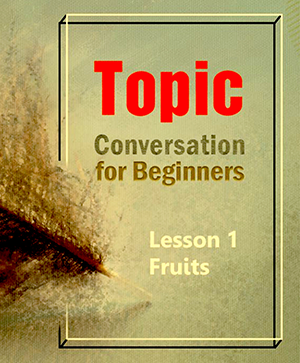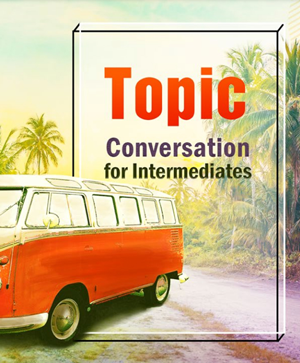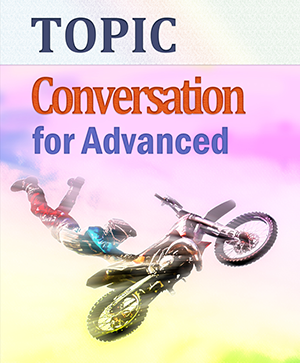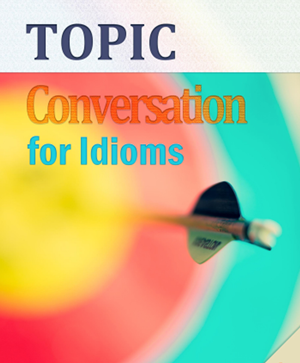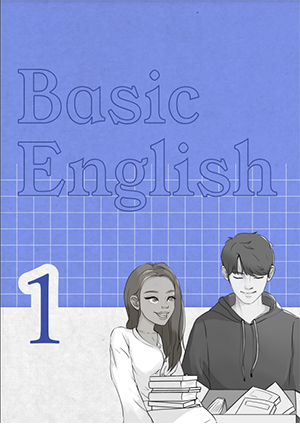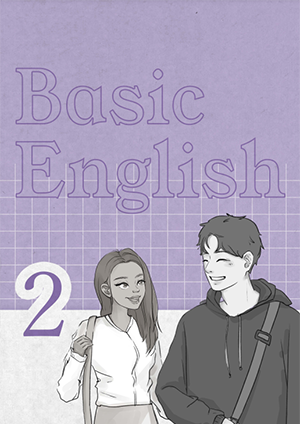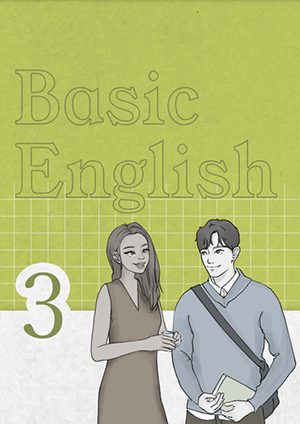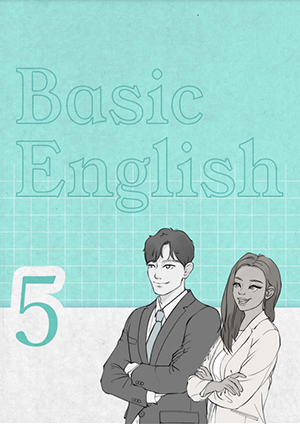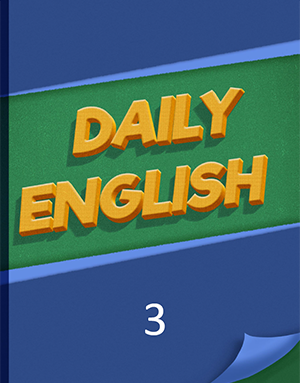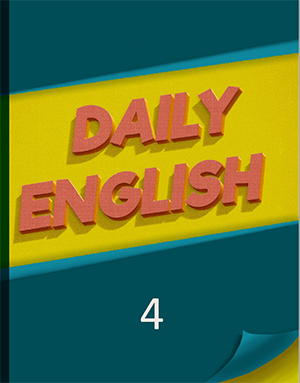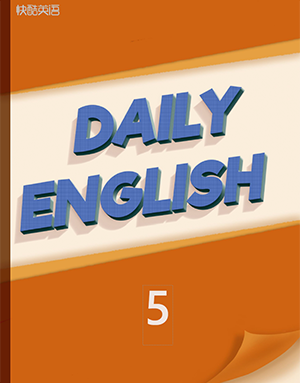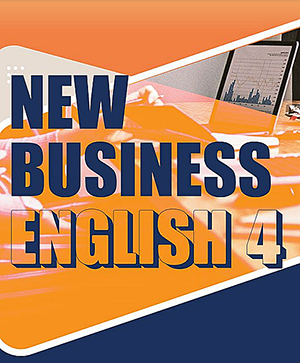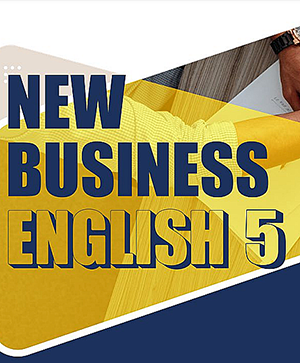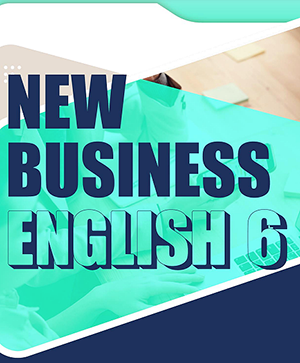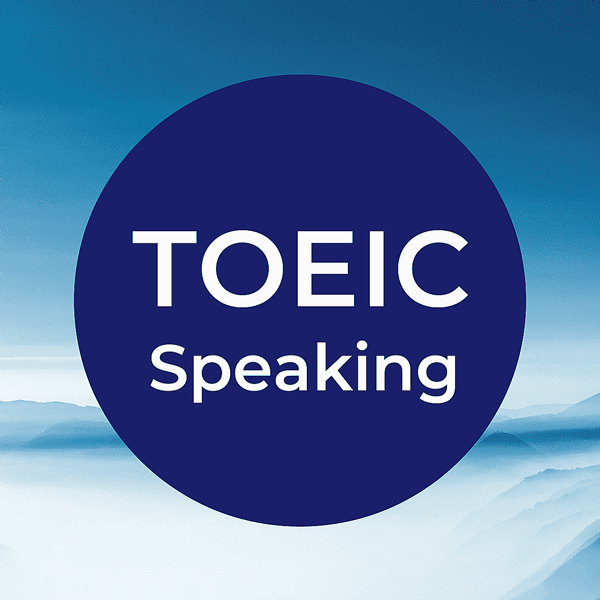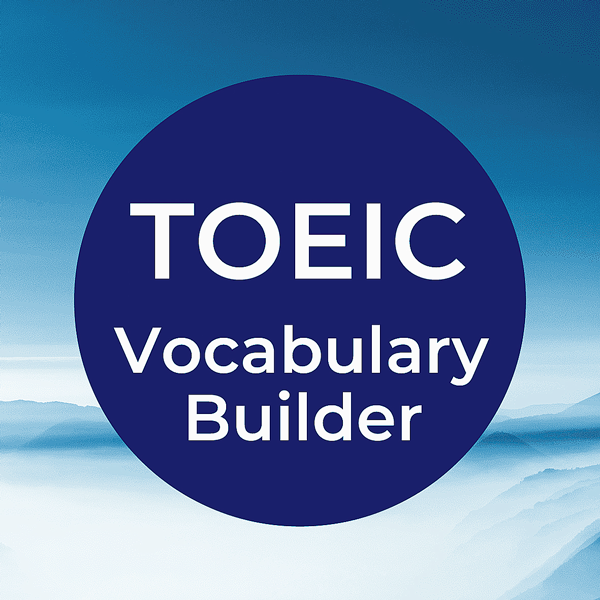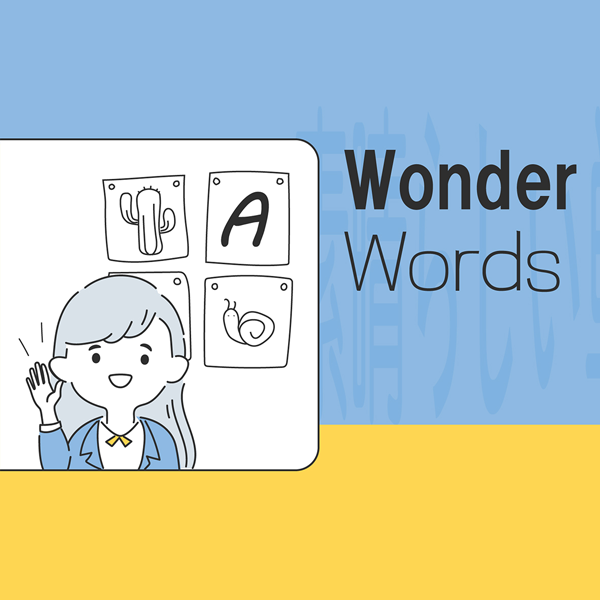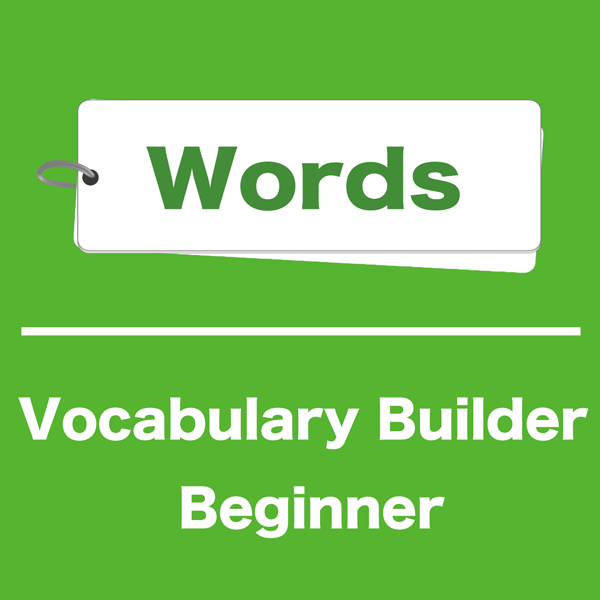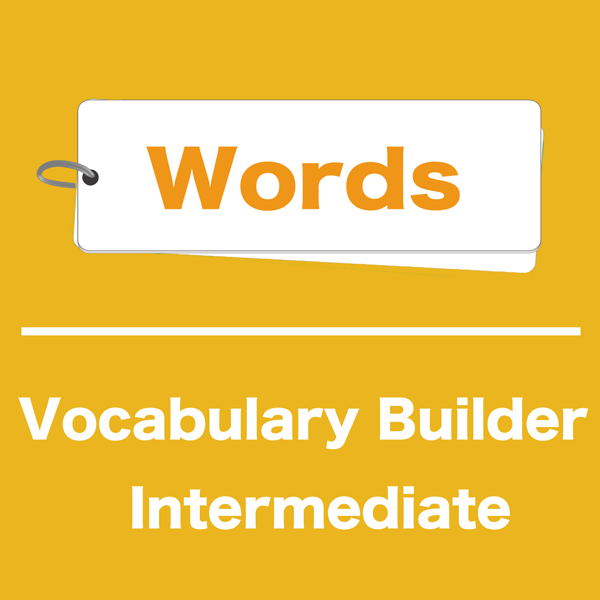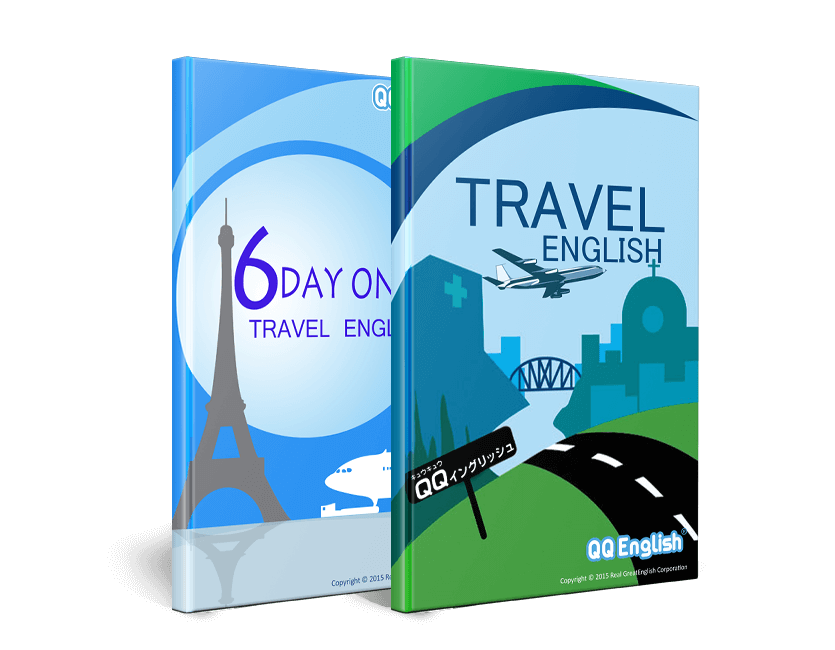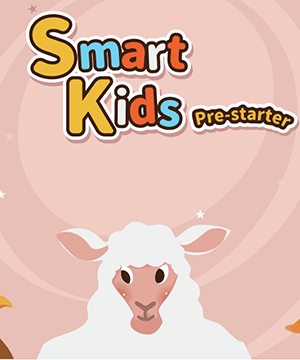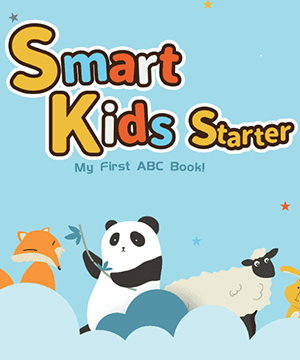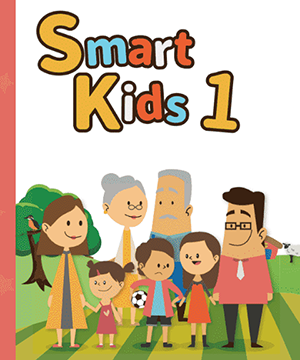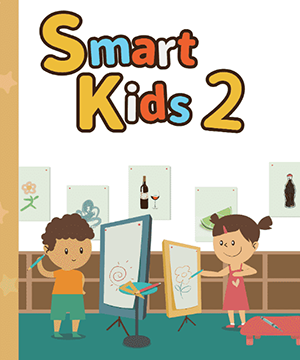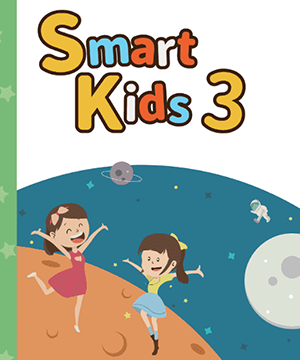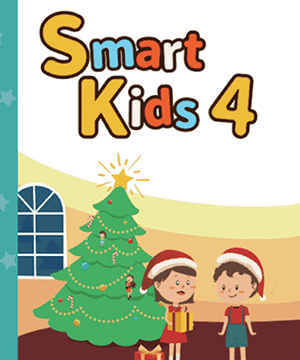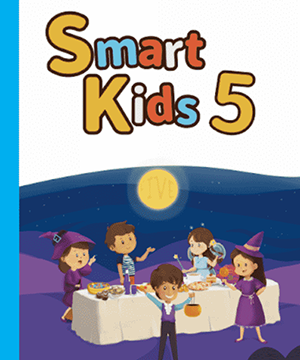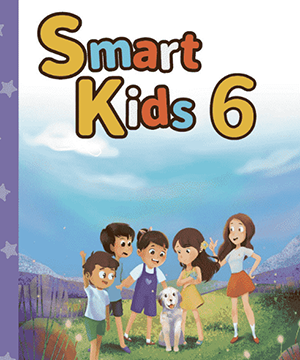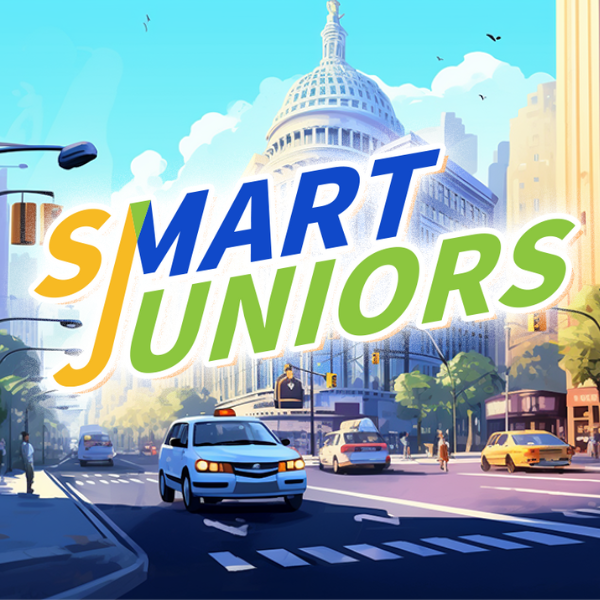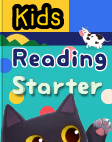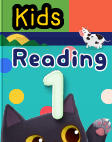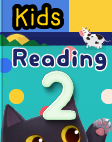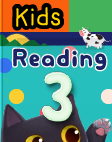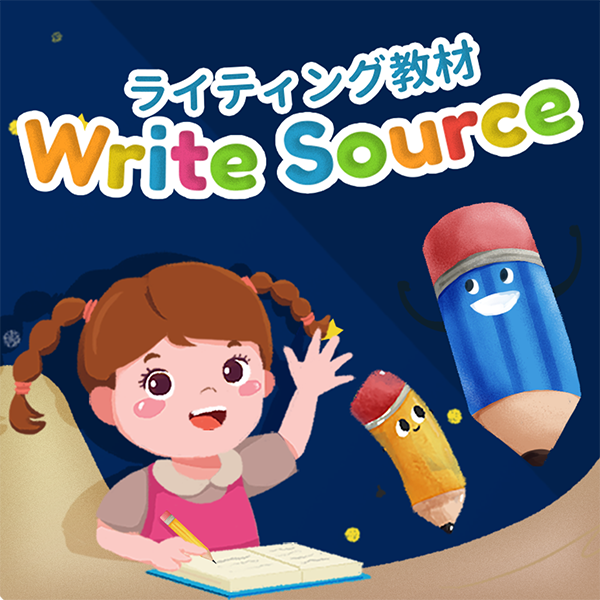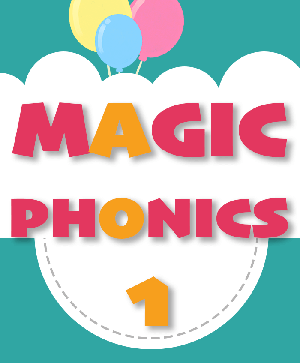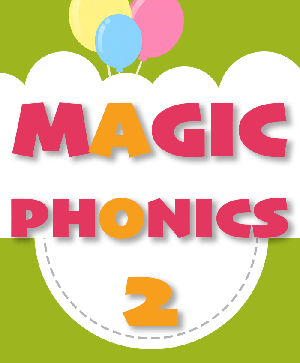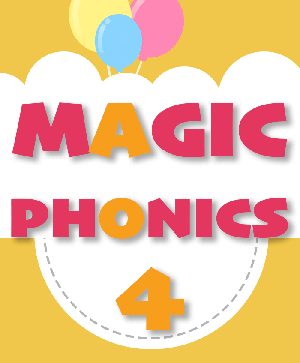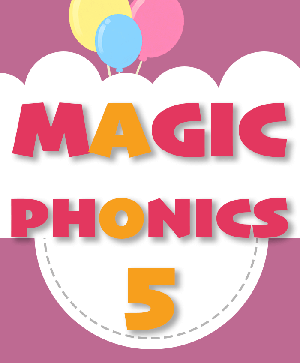Callan Method
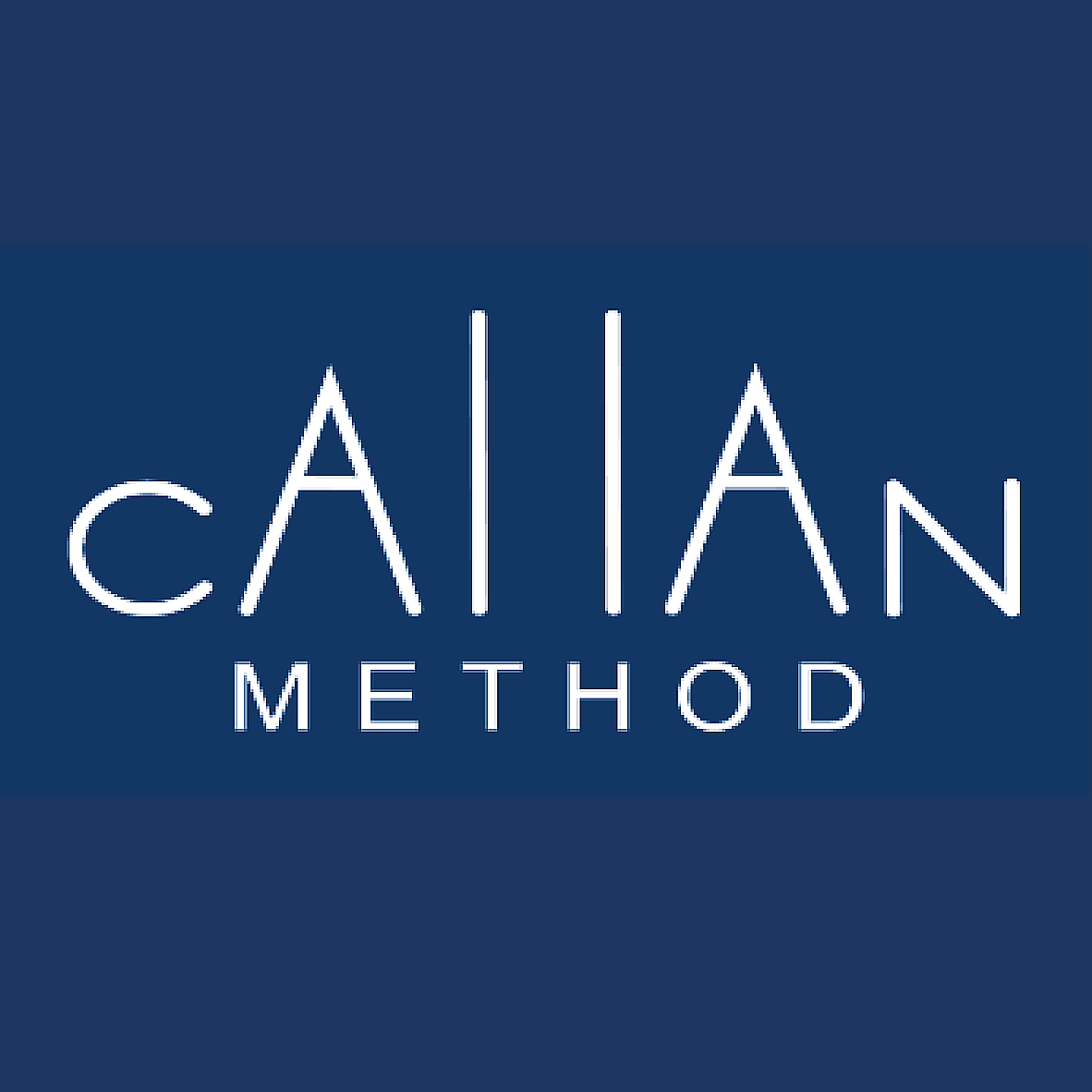
There is a textbook for each stage, consisting of stages 1-12.
After your first Callan’s level check, please refer to the assessment to purchase the textbook.
Please refer to the sample text from the Callan website. Download
New Topic Conversation
R.E.M.S
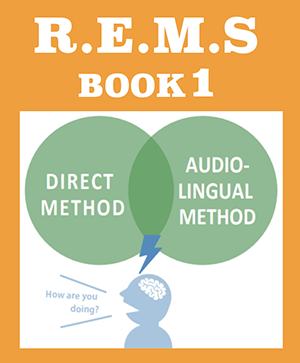
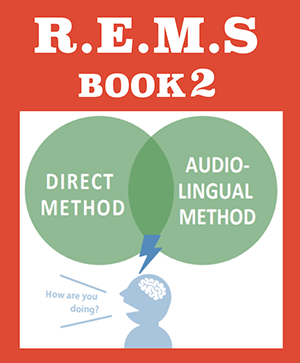
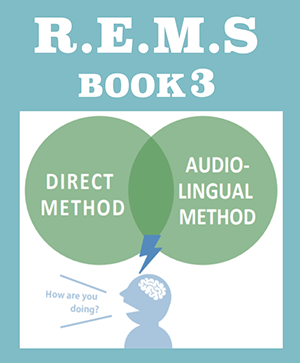
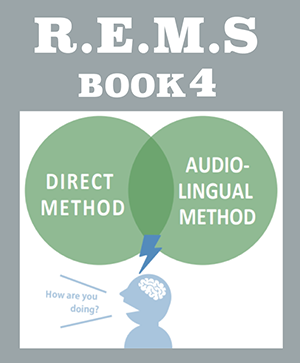
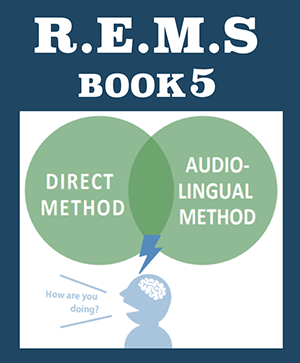
- Textbook
- Download
- Vocabulary Definition
- Download
- Syllabus
- Download
In your first R.E.M.S lesson, you will have a level check.
For the second and subsequent lessons, your teacher will show the lesson slides on the screen.
Please note that you don’t have to prepare textbook in front of you during the lesson.
Callan for Business
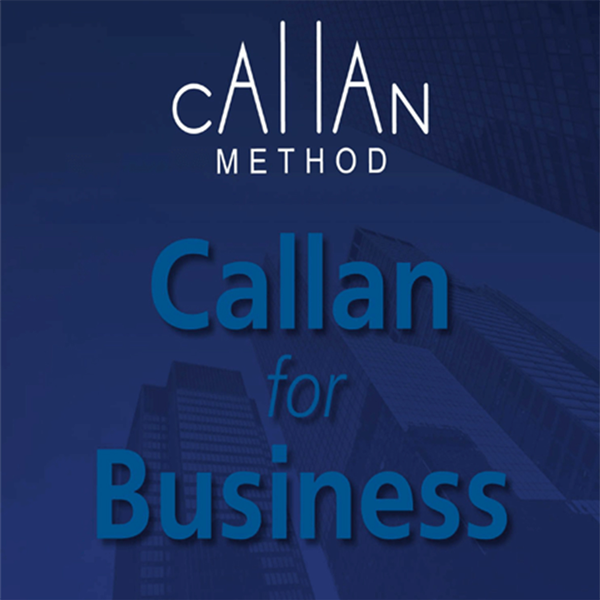
Callan for Business uses a textbook for some of its lessons, which
must be purchased.
There is a separate textbook from the regular Callan Method.
News Alert

News Alert provides lessons based on online news articles.
Lesson
slides are not provided or distributed.
English Phonetics
TOEIC 40days
TOEIC Speaking
※Day 35-40 materials are not posted here because mock tests are held during those lessons.
Wonder Words
IELTS
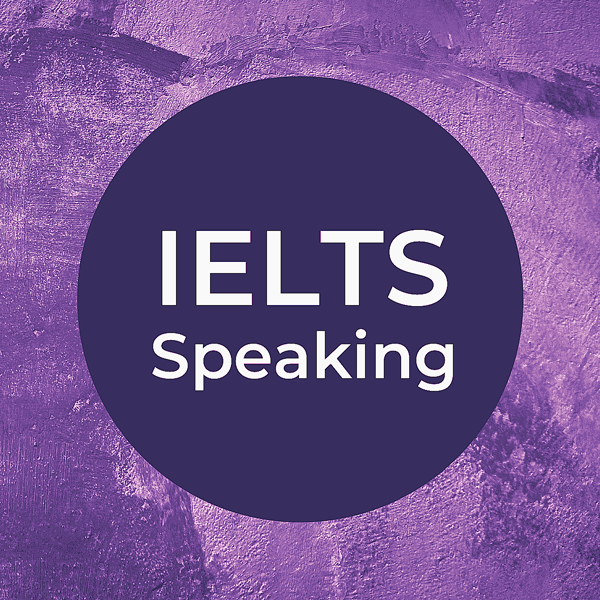
For IELTS courses, no lesson slides or other learning materials are provided in advance of lessons.
Level Check
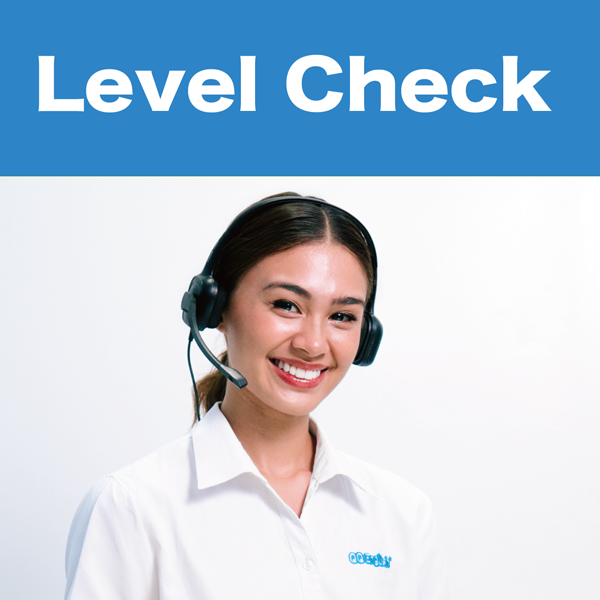
During the level check, you will take the lesson with the materials
designated by teacher.
Lesson slides are not posted or
distributed.
AIGC Curriculum
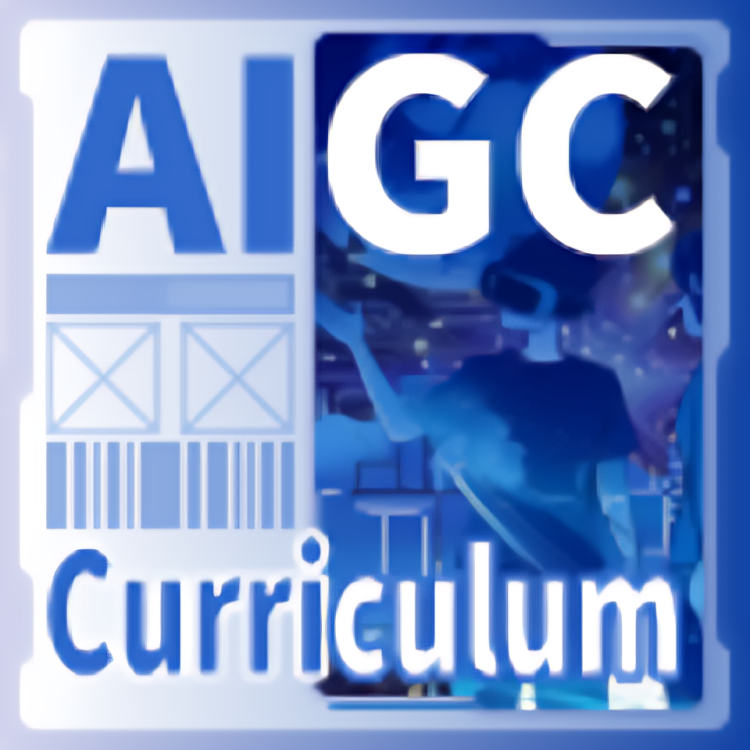
AIGC Curriculum allows you to create your own learning contents and generate personalised lessons.
Click here to create your own content.
Smart Kids
※Please note that above is just sample data.
Purchase of the workbook is not mandatory, but is recommended for preparation and review purposes.
The syllabus and slides for Smart Kids Level Up are available via the button below.
Please note that this curriculum includes only Levels 1 through 4.
Levels 5 and 6 are not available.
English for Little Ones
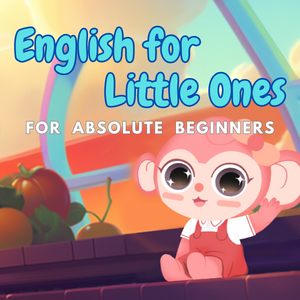
Because English for Little Ones uses dynamic teaching materials,
we do not post or distribute the lesson slides.
The syllabus can be downloaded from here.
Callan for Kids
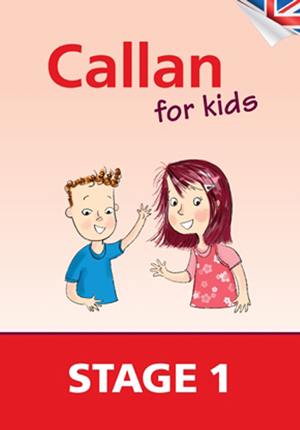
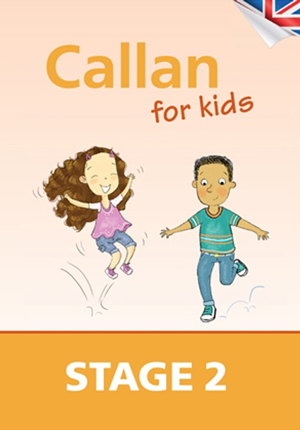
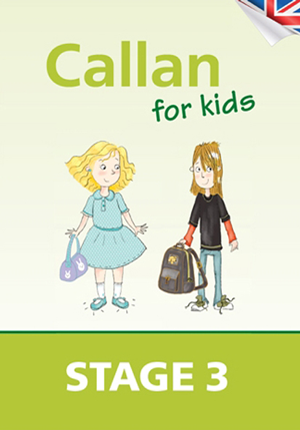
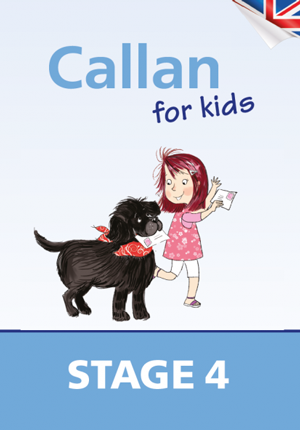
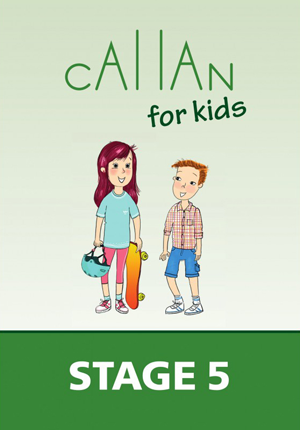
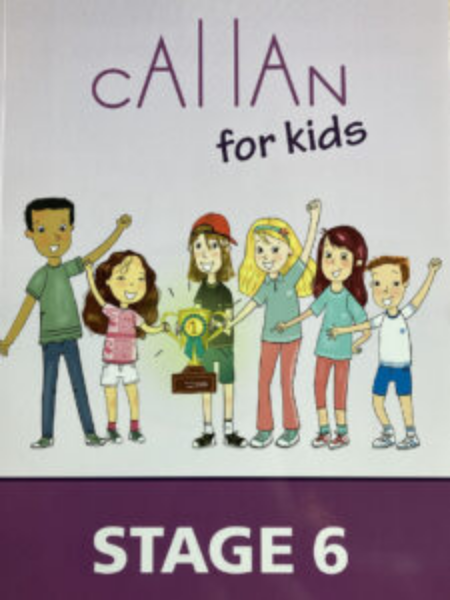
Callan for Kids uses textbooks for some of its lessons, which must be
purchased.
It consists of Stage 1~6 and there is a textbook for each stage.
Everyone
starts from Stage 1 without Level Check.
Time to Talk
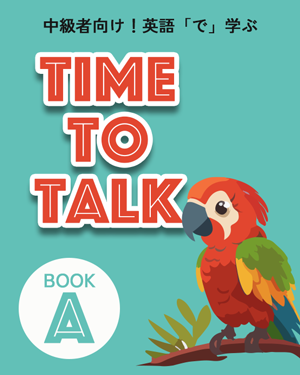
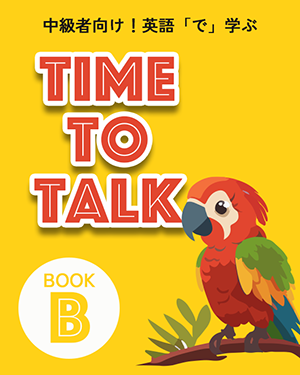
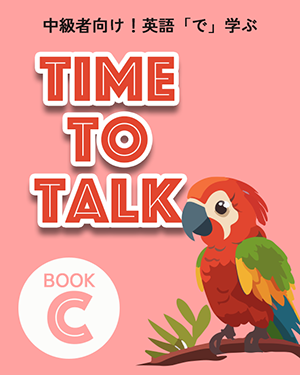
- Lesson Slides
- Download
We Sing We Learn
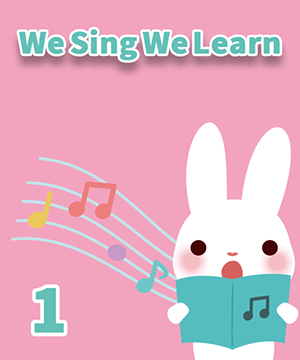

- Lesson Slides
- Download
Cambridge Group Lesson
for global kids
※Cambridge Group Lesson for global kids is a group lesson. The topics are changed each week.
We Can!Kids Course
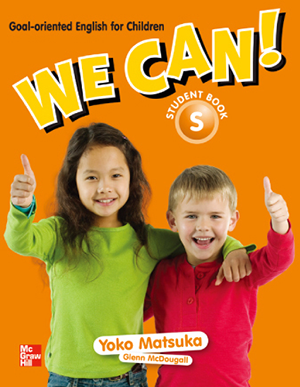
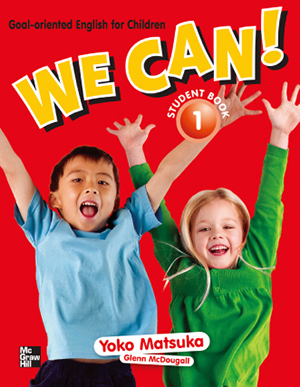
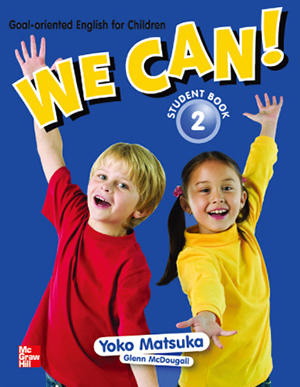
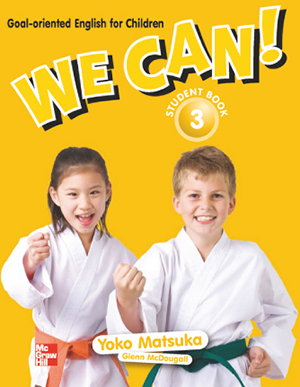
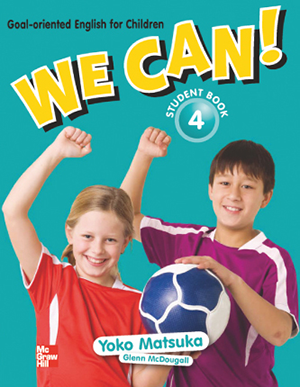
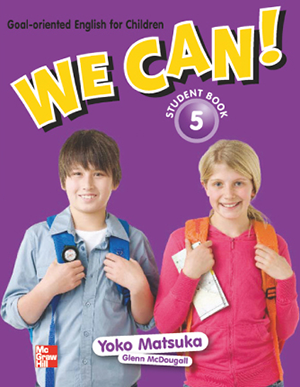
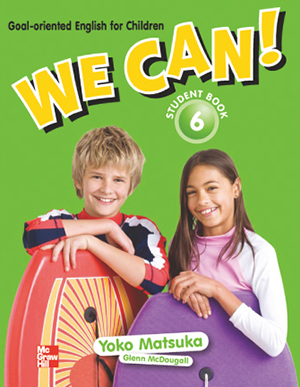
The textbooks are displayed on the lesson screen and are not required to be purchased.
Level Check
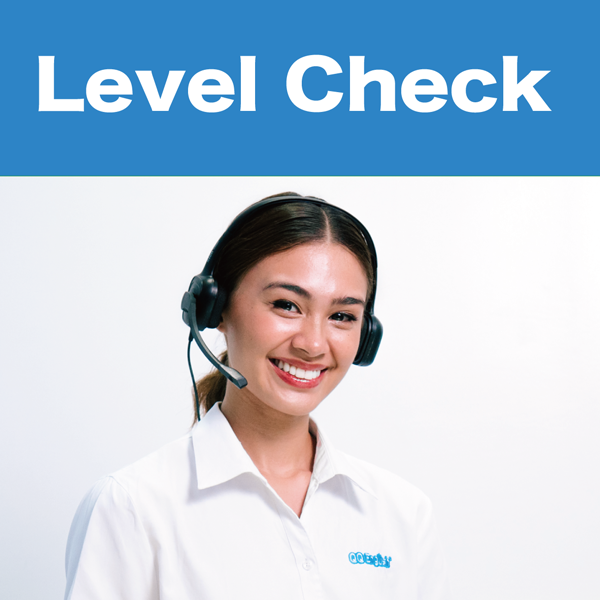
During the level check, you will take the lesson with the materials
designated by teacher.
Lesson slides are not posted or
distributed.
QQ English is constantly working to improve our lesson quality.
Please be aware that in order to improve the quality of our learning materials,
we might make changes to some of the content without notice.
We appreciate your understanding in advance.
Intro
- Lv.1
-
Can use basic expressions such as simple greetings
- The student can understand very basic vocabulary
- Be able to complete daily greetings, self-introductions and introductions to others
- Be able to use limited basic sentence patterns
pre A1
Beginner
- Lv.2
-
Can have simple conversations about very familiar matters
- The student can understand and uses basic vocabulary
- Be able to attempt everyday simple conversations
- Can introduce him/herself and others & can ask and answer questions about personal details
A1
- Lv.3
-
Can carry out basic interactions related to daily life
- The student has the ability to understand and ask basic information about others, daily activities such as place of residence, relationships, possessions.
- The student can respond in simple sentence patterns requiring a simple and direct exchange of information on familiar and routine matters.
A2
Pre- Intermediate
- Lv.4
-
Enjoys conversation on everyday, familiar topics
- The student can communicate with others in simple, routine tasks that usually require only simple and direct high-frequency-everyday or job-related messages.
- The student at this level is able to use his/her existing vocabulary to talk about their background and experiences.
A2+
- Lv.5
-
Can hold general conversations in school, work and travel situations
- The student can understand the contextual expressions that are closest to oneself, such as familiar topics or events often encountered in work, school, and life, and can understand their clear standard and authentic expressions.
- Can deal with various situations when traveling in areas where English is used.
B1
Intermediate
- Lv.6
-
Can express one’s own opinions on social issues and other topics
- The student can describe experiences, events, dreams, wishes, etc., and give brief explanations of their opinions or plans.
- The student can understand and convey specific factual information as well as ideas or thoughts on non-routine/abstract topics, explaining some of the points of view when talking about such topics.
B1+
Pre- Advanced
- Lv.7
-
Able to express one’s opinions logically and with evidence
- The student can deal with a variety of everyday communication scenarios; be able to understand the concrete and abstract themes of more complex passages.
- The student can provide a clear and systematic description and introduction of various topics related to the area of interest, with appropriate emphasis, and provide relevant detailed evidence.
B2
- Lv.8
-
Can communicate with foreigners almost without problems
- The student can interact with English speakers in a natural and fluent manner;
can communicate spontaneously with good grammatical control without much sign of having to restrict what they want to say. - The student can speak clear and detailed texts on a wide range of topics.
B2+ - The student can interact with English speakers in a natural and fluent manner;
Advanced
- Lv.9
-
Can converse accurately and fluently on complex topics
- The student can understand a wide range of information including requests, long texts, or implicit meanings, express naturally and fluently, without word shortages, understand flexible and efficient use of language for social, academic, and professional purposes, and can deal with complex topics.
C1
- Lv.10
-
Has equivalent English language skills to those of a native speaker
- The student comprehends with ease virtually everything heard or read.
- The student summarizes information from different spoken and written sources, reconstructing arguments and accounts in a coherent presentation.
- The student can convey message fluently and precisely even on more complex subjects; producing clear, well-structured, and detailed text with controlled use of organizational patterns, connectors and cohesive devices.
C1
※For a student whose age is 12 and under, please refer to QQ Kids Level.
Introductory
- Lv.0
-
Kids starting English from scratch
- The student produces no communication nor ratable language.
- The student knows a few letters or words, but cannot say complete sentences.
- Lv.1
-
Can say the alphabet and simple words and sentences
- The student can say simple sentences about common topics (e.g. colors, family, body parts, numbers).
- The student can understand the concept of plural nouns.
- The student knows the letters and their sounds.
Beginner
- Lv.2
-
Can interact briefly on familiar topics
- The student can have simple conversations on familiar topics and express personal opinions with basic expressions.
- The student can understand and use the third-person singular form of the "be" verb and the present tense of the verb.
- Lv.3
-
Can express themselves & thoughts in basic expressions
- The student can use the simple past tense, present progressive tense and third-person singular form of verbs in spoken language.
- The student can fetch information from short dialogues and passages.
Pre- Intermediate
- Lv.4
-
Able to carry out basic daily interactions, such as ordering foods
- The student can use the simple future tense.
- The student can read at least 100-word passages.
- The student can use English to manage simple tasks such as order in restaurants, ask directions, etc.
- Lv.5
-
Can use comparative expressions & express about the future
- The student can talk about the future using different expressions, such as future continuous tense.
- The student can use the passive voice and compare things in different ways.
- The student can produce descriptive writing and simple argumentative writing with a series of simple phrases and sentences linked with basic conjunctions such as “and”, “but” and “because”.
Intermediate
- Lv.6
-
Can talk about his/her interests in an understandable way
- The student can produce argumentative and expository writing with more advanced expressions and phrases, supported by some relevant evidences and facts.
- Can provide a straightforward description of one of a variety of subjects within their field of interest in a reasonably fluent manner.
- Can use the present perfect tense & has a preliminary understanding of the subjunctive mood.
- Lv.7
-
Can talk about abstract and unusual topics
- The student can understand and use most of the common tenses with relative ease.
- The student can communicate with some confidence on familiar routine and non-routine matters related to their interests and academic field, including global and intercultural topics.
- The student can exchange, check and confirm information, deal with less routine situations and explain why something is a problem.
Pre- Advanced
- Lv.8
-
Can deal with somewhat difficult content if the topic is familiar
- The student has mastered the most common tenses and can use them proficiently.
- The student can interact with a degree of fluency and spontaneity that makes regular interaction and sustained relationships with English speakers quite possible without imposing strain on either party, but may find it difficult to participate effectively in discussion with several highly proficient speakers who do not modify their language in any way.
- Lv.9
-
Can converse fluently & persuasively on a range of topics
- The student can talk clearly, provide detailed descriptions, and develop an argument systematically with appropriate highlighting of significant point and relevant supporting detail, on a variety of subjects.
- The student can generally understand what's said or written, both on familiar and unfamiliar topics normally encountered in personal, academic, or social life.
Advanced
- Lv.10
-
Richly expressive & able to deal with almost any situation with little difficulty
- The student can understand in detail a wide range of lengthy, complex texts likely to be encountered in social, professional or academic life, identifying finer points of detail including attitudes and implied as well as stated opinions.
- The student can express him/herself with clarity and precision in personal correspondence, using language flexibly and effectively, including emotional, allusive and joking usage.
※For a student whose age is 13 and over, please refer to QQEnglish Level
What is add-on points ?
The curriculum with add-on points requires extra points,
which is charged separately from teacher points.
The curriculum with
mark are the ones with add-on points.
The extra points charged is 25 points per 25 minutes.
- Example A:When taking a 25min add-on points curriculum
- teacher point (50pts) + add-on points (25pts) =Total 75pts
- Example B:When taking a 50min add-on points curriculum
- teacher point (100pts) + add-on points (50pts) = Total 150pts
※The above examples assume having a lesson with 50pts teacher.
Types of Learning Materials
QQ English offers the following types of materials.
*Some materials may not be available depending on the curriculum.
Lesson Slides
- The teacher shows the material on the classroom during the lesson.
- You can also use it to check the lesson content and review.
Textbook
Textbooks can be either (1) or (2), or both, depending on the curriculum.
For details, please refer to each curriculum description.
- (1) Textbook used during lessons
- (2) Textbook used for preparation and review
- Before Lesson

- Prepare with textbook
- During Lesson

- If textbook is required, please have it with you
- The teacher lesson slides
- After Lesson

- Review using lesson slides, textbook and playback
How to Get Learning Materials
Please refer to mark from each curriculum description
- DOWNLOAD:can be downloaded free of charge from this page
- BUY:can be purchased on our online store or commercial websites
- UNPROVIDED:no materials are provided due to curriculum design
What is add-on points ?
The curriculum with add-on points requires extra points,
which is charged separately from teacher points.
The curriculum with mark are the ones with add-on points.
The extra points charged is 25 points per 25 minutes.
- Example A:When taking a 25min add-on points curriculum
- teacher point (50pts) + add-on points (25pts) =Total 75pts
- Example B:When taking a 50min add-on points curriculum
- teacher point (100pts) + add-on points (50pts) = Total 150pts
※The above examples assume having a lesson with 50pts teacher.
